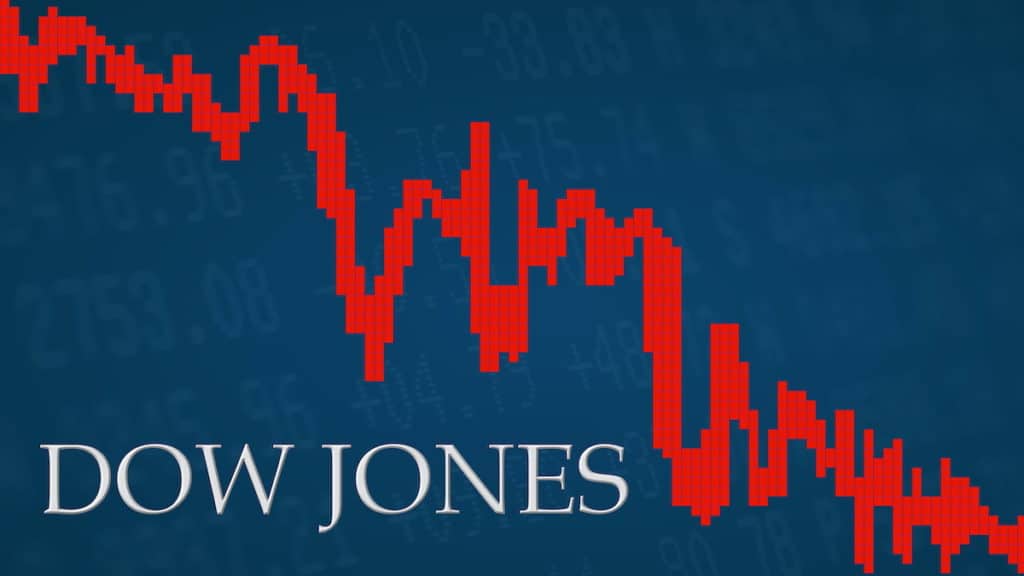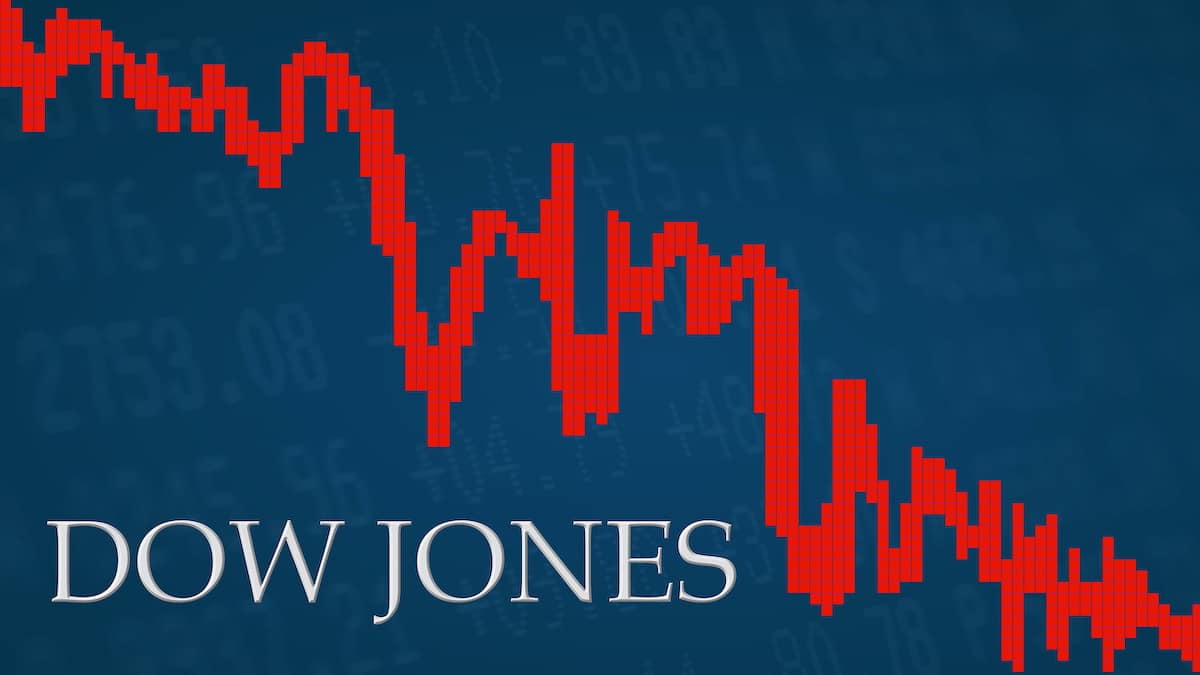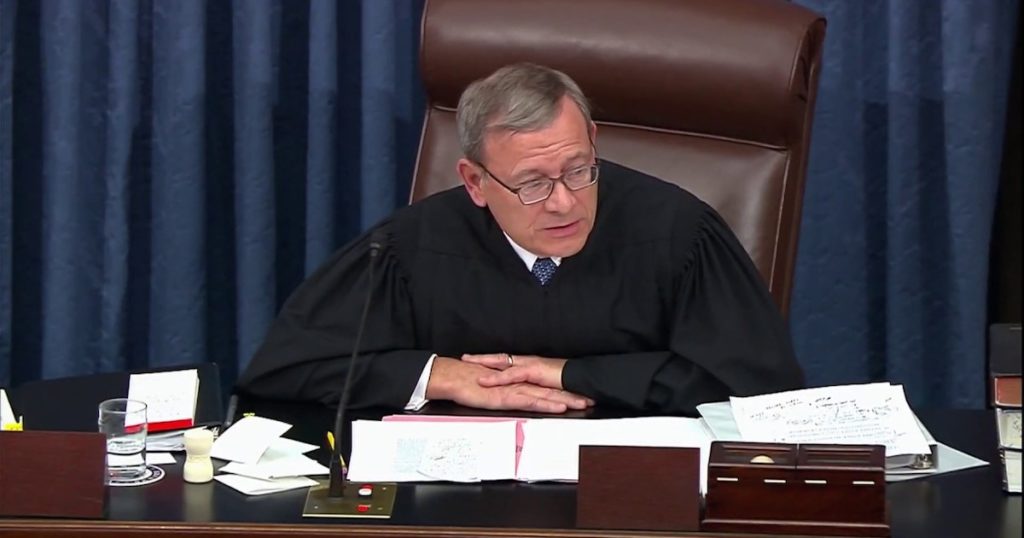Dow Jones Down More than 7% After Open, Circuit Breakers Halt Trading
What Are Market-Wide Circuit Breakers? Find Out Below
New York, N.Y. (PPD) — The Dow Jones Industrial Average (^DJI) dropped more than 7% after the opening bell on Monday, triggering market-wide circuit breakers that halt trading. The Dow was down −1,884.88, or 7.29% to 23,979.90.
UPDATE 10:02 AM EST: The market-wide circuit breakers are working and the markets have come off their sessions lows, though the Dow Jones remains down slightly more than 6%.
ORIGINAL STORY CONTINUED BELOW
The major market indexes are not only reacting to growing coronavirus fears, but more predominantly to the “mother of all price wars” between Saudi Arabia and Russia.
Oil prices have plunged to their lowest levels in nearly four years following steep wholesale price cuts announced by Saudi Aramco, the state owned oil company. It was a direct response to Russia backing away from an agreement on managed production cuts among members of OPEC (Organization of the Petroleum Exporting Countries).
Although not an OPEC member, Russia is a large producer and exporter of crude and has frequently attended OPEC meetings as a non-member, particularly when coordination is sought on production schedules.
The S&P 500 (^SPX) was down −214.96, or 7.23% to 2,757.41.

MWCB Level Thresholds for March 9, 2020:
- Level 1 = 2,764.30 (7%)
- Level 2 = 2,585.96 (13%)
- Level 3 = 2,377.89 (20%)
Market-wide circuit breakers are important, automatic mechanisms invoked if markets experience extreme broad-based declines. They are designed to slow the effects of extreme price movement through coordinated trading halts across securities markets when severe price declines reach levels that may exhaust market liquidity.
Market-wide circuit breakers may result in a temporary trading halt, or under extreme circumstances, close the markets before the normal close of the trading session.
•They provide for trading halts in all equities and options markets during a severe market decline as measured by a single-day decline in the S&P 500 Index.
•A market-wide trading halt can be triggered if the S&P 500 Index declines in price as compared to the prior day’s closing price of that index. The triggers have been set by the markets at three circuit breaker thresholds—7% (Level 1), 13% (Level 2), and 20% (Level 3).
•A market decline that triggers a Level 1 or Level 2 circuit breaker after 9:30 a.m. ET and before 3:25 p.m. ET will halt market-wide trading for 15 minutes, while a similar market decline at or after 3:25 p.m. ET will not halt market-wide trading.
•A market decline that triggers a Level 3 circuit breaker, at any time during the trading day, will halt market-wide trading for the remainder of the trading day.
The Dow Jones Industrial Average (^DJI) dropped

















